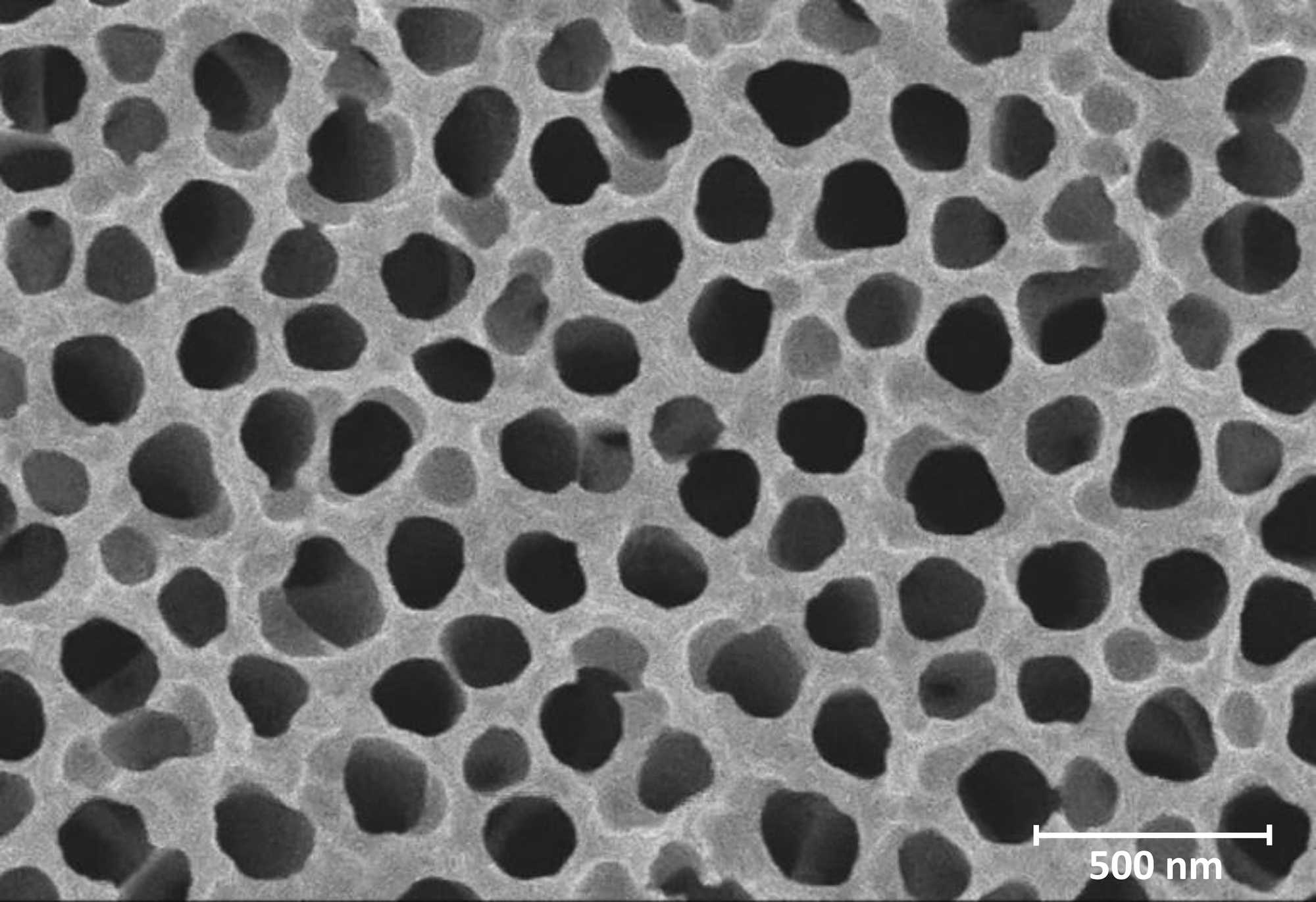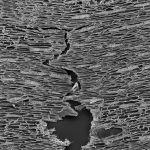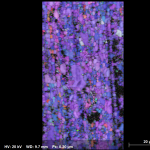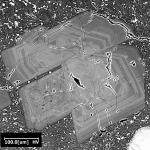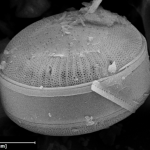SEM-EDX GUIDE FOR BUYERS
Chapter 2 - Magnification and Resolution
Magnification
Manufacturers often specify magnification as a quality indicator for the resolving power of their SEM instruments. Magnification is the ratio of the actual size of an object to its image. Thus, the numerical value depends on the size of the screen and is basically not unique.
Furthermore, the magnification does not say anything about the actual quality of imaging small structures. At a certain point, the ever finer scanning with the electron beam no longer provides any informative added value, since due to the limited resolution of the electron optics, no additional details can be visualized.
Real Resolution
The resolution is an objective measure and refers to the ability of the microscope to image fine structures. For tabletop SEM and compact devices, the best resolution is between 3 and 20 nanometers.
The resolution is determined under standardized but impractical operating conditions. This gives the buyer a certain potential for disappointment, since the resolution given is barely achievable with real samples. After all, the resolution is a clear parameter that is suitable for comparing the imaging quality of different SEM instruments.
In practice, it is often more important to adapt the resolution to the specific sample. A variable aperture size (aperture) helps to achieve optimal resolution with the highest possible beam current. This is essential for fast, low-noise imaging and X-ray elemental analysis.
Seeing Is Understanding
Let us demonstrate to you the resolution power, preferably with your own samples. The direct comparison gives you a good sense of the quality that can be achieved in practice.
SE picture of a filter medium with 200 nm pores (Coxem EM-30 Plus)


